
In 2018, 34.2 million adult Americans had diabetes. While there are genetic tendencies for diabetes and different types of it, diabetes is often labeled as a lifestyle disease. This is because it can be at least partially managed through exercise and proper nutrition.
If you’re interested in learning which foods are the best for a diabetic diet, read through this list of the 15 best foods for a diabetic. At the end of this article, I’ll share three strategies that could help you begin to control your blood sugar levels immediately.
Best Foods For A Diabetic
Eggs
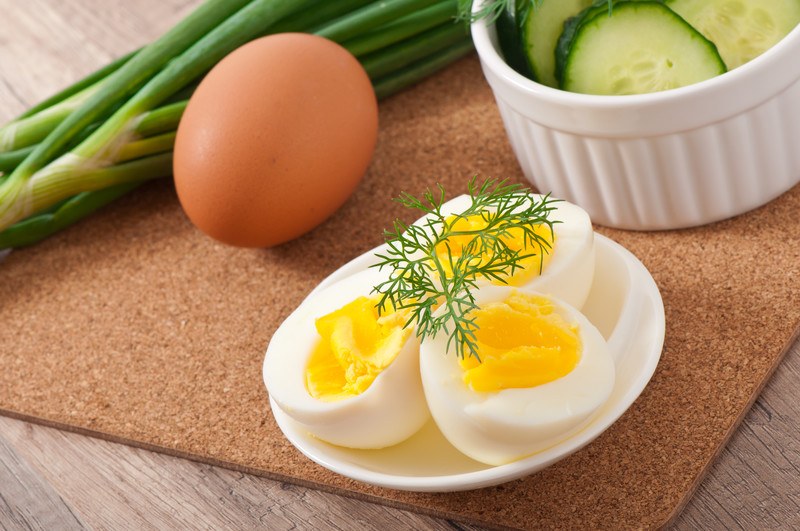
Eggs are a low-carb, high-protein food that fits very well with a diabetic diet. The high protein content could help control blood sugar levels, and eggs are packed with other nutrients, as well.
One medium egg contains 5.5 grams of protein or around 11% of the recommended daily intake. Eggs are also rich in riboflavin, vitamin B12, and pantothenic acid. Vitamin B12 is interesting because it has been shown to improve symptoms in diabetic patients with severe neuropathy.
However, if you’re not a diabetic, it might be a good idea to eat eggs sparingly. Some research shows that eating more than one egg per day could increase your risk for type two diabetes by 60%.
Cinnamon
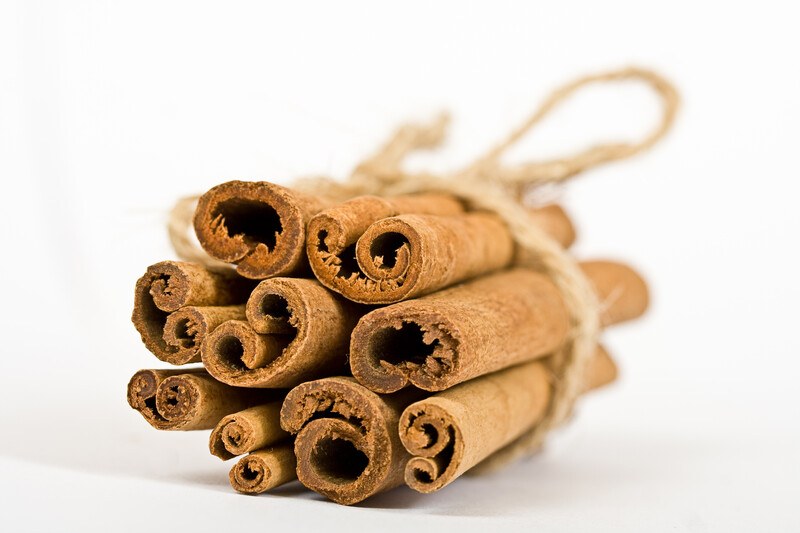
Cinnamon is a spice that comes from the bark of the cinnamon tree. It can help fight diabetes in several ways. This spice can increase insulin sensitivity so that sugar in the blood moves more quickly into the cells where it can be used for energy. It also lowers fasting blood sugar levels, and it could help prevent complications from diabetes, such as Alzheimer’s.
Obesity is a risk factor for diabetes, and cinnamon also has some positive effects that could help people lose weight over time. It’s been studied for its positive impacts on body weight, body mass index, and weight circumference.
Some research also suggests that cinnamon could imitate insulin and help move blood sugar across cell membranes.
Nuts
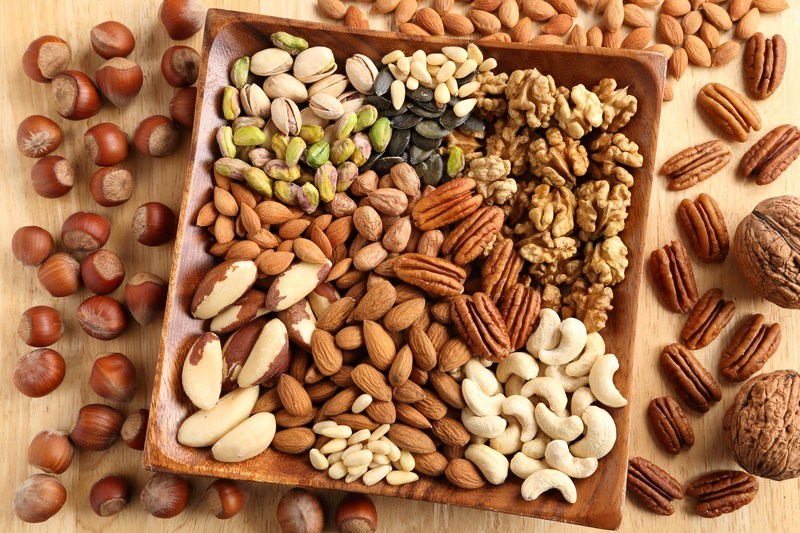
The American Diabetes Association has included nuts on its’ list of beneficial foods for diabetics. Nuts are generally high in proteins and healthy fats, which could be helpful for diabetics, but the full nutrient profile varies from nut to nut.
Almonds are particularly good for diabetics. Some studies show that eating almonds positively affects blood sugar levels and reduces the risk of heart disease. Walnuts are also a great choice because they improve the ratio of good cholesterol to bad cholesterol. Eating walnuts may also help reduce the risk of getting type two diabetes for some people. Peanuts, pistachios, and cashews are also good options for diabetics.
Apple Cider Vinegar
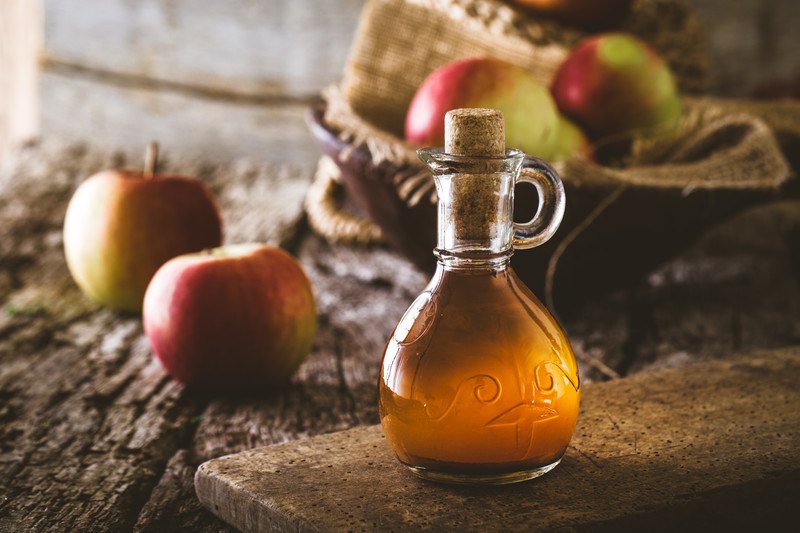
Like cinnamon, taking apple cider vinegar every day could help you lose weight, which could positively impact diabetes. Some people take apple cider vinegar pills to help lose weight, while others take one or two tablespoons of apple cider vinegar in water.
Some studies have shown that apple cider vinegar has a direct impact on diabetic symptoms, too. Taking two tablespoons of apple cider vinegar before bed could reduce fasting blood sugar levels. Drinking it in water throughout the day or at meals could also help prevent post-meal or post-snack blood sugar spikes, too.
Apple cider vinegar may also help increase insulin sensitivity.
Oatmeal
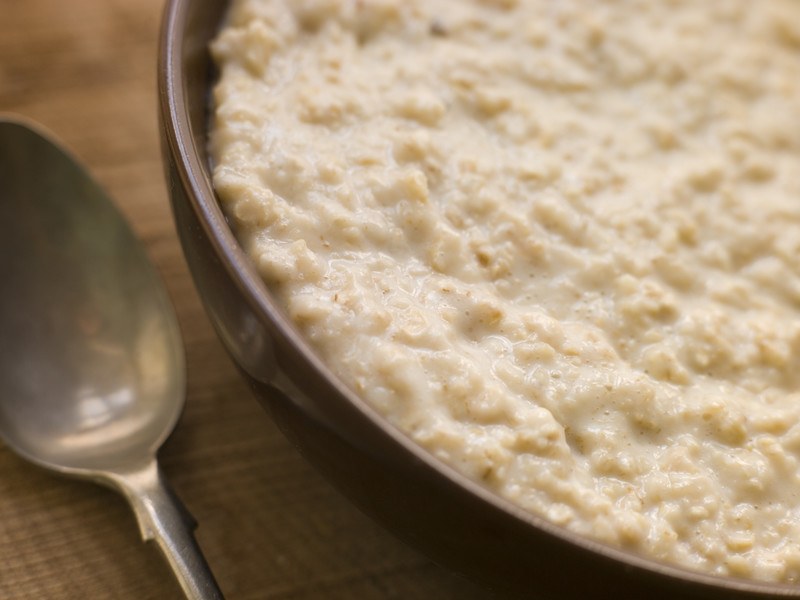
Oatmeal is a grain, so it’s relatively high in carbs. However, oatmeal made from rolled oats has a decently low glycemic index rating of around 55. It’s also full of helpful fiber. One cup of oatmeal contains 4.4 grams of fiber, or around 15% of the recommended daily intake. Some types of fiber found in oatmeal, called beta-glucans, could help lower blood sugar, too.
Oatmeal’s high fiber content could also help prevent heart disease, which diabetics are at risk for, and it could help create a healthy microbiome. This is interesting because disturbances in the gut microbiome could impact the onset of diabetes or the management of diabetic symptoms. This could work by helping decrease fat in the liver.
Ginger
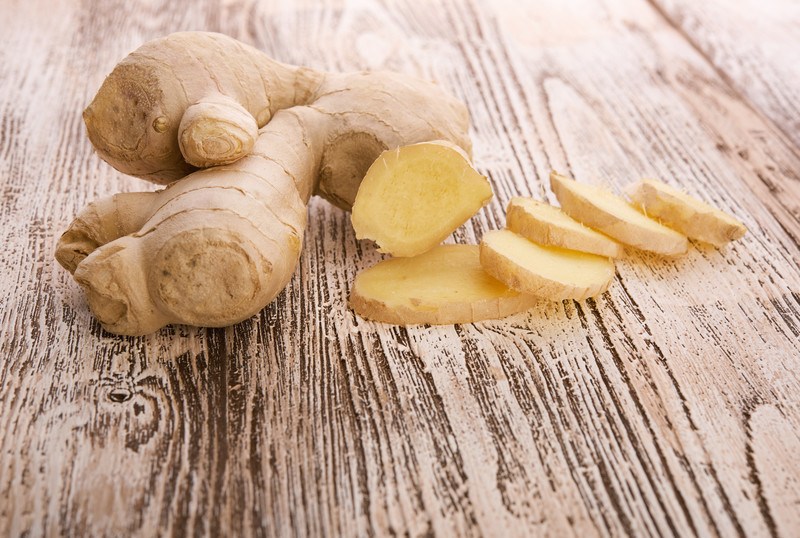
Ginger is another spice that could help manage diabetic symptoms. This root herb is native to southeastern Asia. It’s often used to flavor foods, but it also has several health benefits.
Ginger is known for its ability to help manage blood sugar levels and increase insulin sensitivity. It could also help regulate how much insulin is secreted into the blood.
Ginger can be taken in several ways. Some people make tea out of it by steeping a slice of fresh ginger root in hot water. It can also be taken in capsule form, and powdered or fresh grated ginger could be mixed directly into food.
Kale
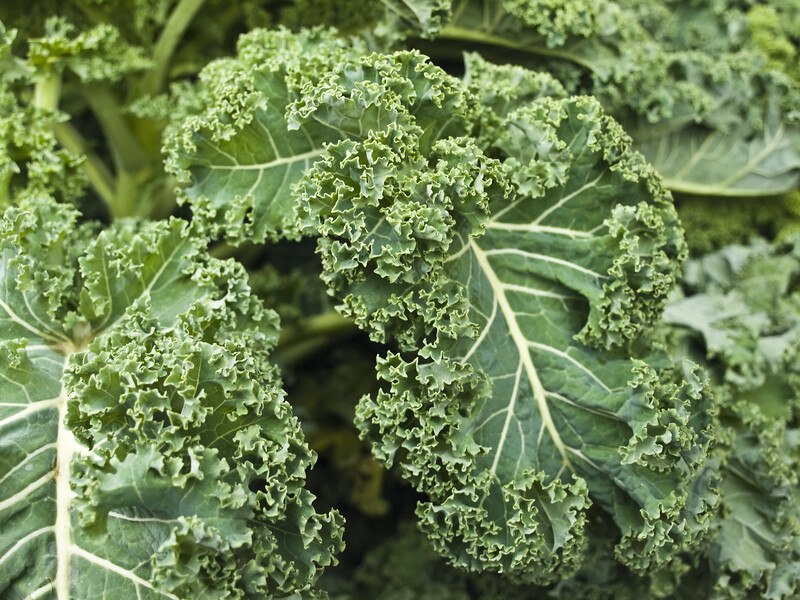
Kale is a superfood that’s packed with nutrients that could help support a diabetic body. Kale is high in antioxidants, and some research shows that kale juice might be helpful in lowering blood sugar levels. Other studies have shown that eating foods with kale mixed in them lowers blood sugar levels, too.
Kale is a cruciferous vegetable. Cruciferous vegetables are known for their high levels of a compound called sulforaphane. Sulforaphane has been shown to lower blood sugar levels, reduce fasting blood sugar levels, and decrease the diabetic marker HbA1c. Some research also shows that sulforaphane may help protect against heart disease in diabetic patients.
Among other things, kale is one of those low-carb foods with low glycemic index, so it could fit very well with a diabetic diet.
Beans
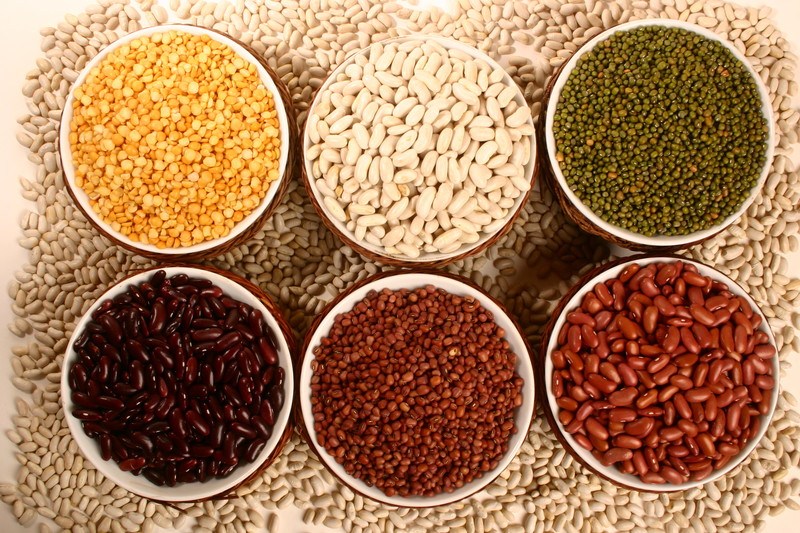
Beans are high-carb foods, but they’re also high-fiber foods that take a while to digest. This slows the absorption of sugars from the food into the blood, helping regulate blood sugar levels. Around half a cup of pinto beans contains 16 grams of carbs or around 57% of the recommended daily intake. This serving size also provides around 42% of the daily recommendation for protein. This is helpful for diabetics because protein also helps regulate blood sugar levels.
Beans are also high in folate, which could help prevent and treat type two diabetes by reducing homocysteine in the blood. A half-cup serving of pinto beans provides around 131% of the daily recommendation for folate.
Turmeric
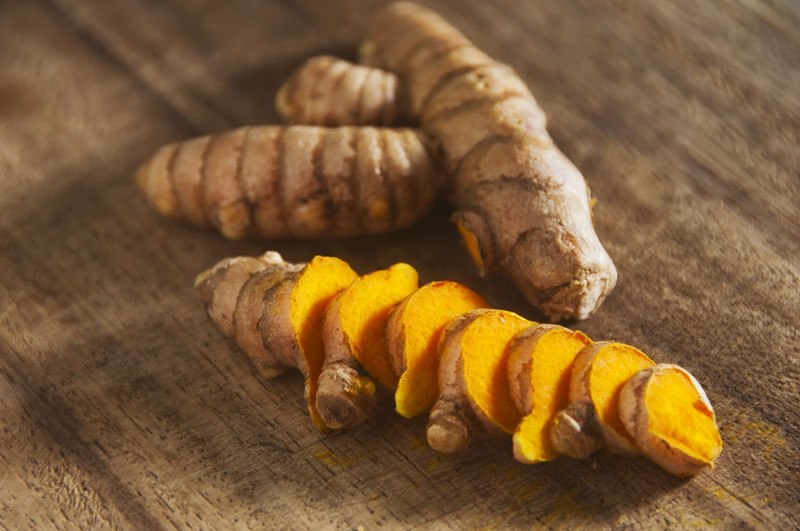
Turmeric is a root herb and spice in the same family as ginger. Turmeric is the spice that gives yellow curry its distinctive color and flavor.
Besides being delicious, turmeric has several health benefits that could impact diabetics. Turmeric contains curcumin, a strong anti-inflammatory compound that could help reduce the risk of heart disease, cancer, metabolic syndrome, and Alzheimer’s.
Turmeric could also lower blood sugar levels and help stabilize them so that they’re easier to manage. Turmeric can be taken as a capsule or extract. Fresh turmeric or powdered turmeric could also be mixed directly into food.
Sweet Potatoes
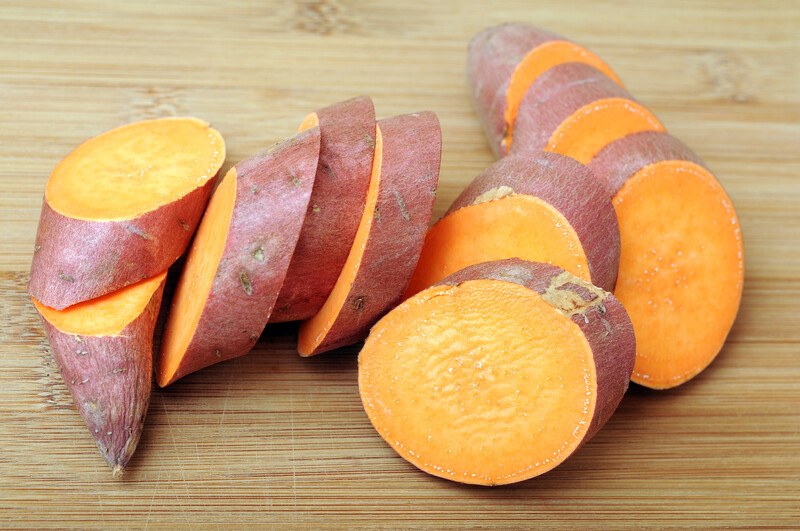
Sweet potatoes are a bright orange root vegetable packed with vitamin A, fiber, and other compounds that could help support diabetics. One medium boiled sweet potato contains around 15% of the daily recommendation for fiber.
One cup of cubed, raw sweet potato provides around 105% of vitamin A, which is important because vitamin A could help improve the function of the cells in the pancreas that produce insulin. Vitamin A could also help regulate the metabolic pathway connecting obesity to diabetes.
Besides being rich in fiber and vitamin A, sweet potatoes are a good source of vitamin B6, pantothenic acid, manganese, and several other vitamins and minerals.
Garlic
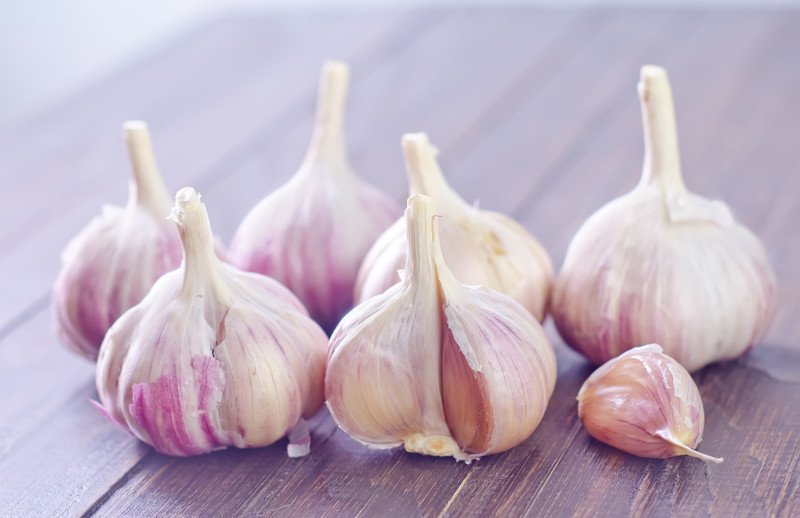
Garlic is another root and herb that provides health benefits as well as spicing up dishes. Garlic boosts the immune system, lowers blood pressure, and improves cholesterol. It may also help prevent Alzheimer’s, because of its strong antioxidant properties, and it could reduce the risk of atherosclerosis.
Garlic works in an interesting way to help diabetics manage their blood sugar levels. This compounds in this food act in a way that prevents the liver from deactivating insulin. This keeps insulin levels in the bloodstream higher, which could facilitate the transfer of sugar across cell membranes.
Fatty Fish
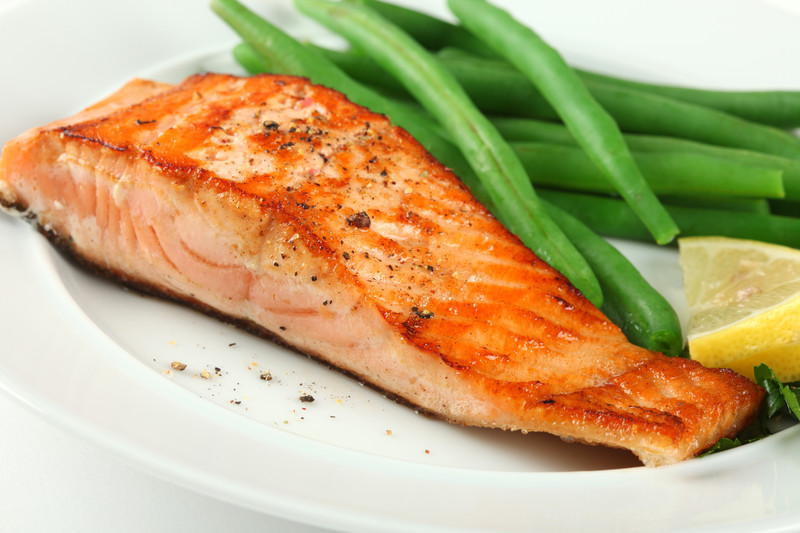
Fatty fish such as salmon are well known for their high levels of omega-3 fatty acids. These healthy fats have several benefits for heart health, but they could have some interesting impacts on diabetic conditions, too. While they don’t have a direct impact on blood sugar levels, omega-3 fatty acids have been shown to help protect against conditions like diabetic retinopathy.
Fatty fish are also high in other vitamins and minerals that could support diabetic patients. One small salmon fillet contains 116% of the daily recommendation for vitamin D. Vitamin D has a strong anti-inflammatory effect on the body, which could help lower insulin resistance. This serving size also provides 315% of the daily recommendation for vitamin B12, which could improve diabetic symptoms such as neuropathy.
Greek Yogurt
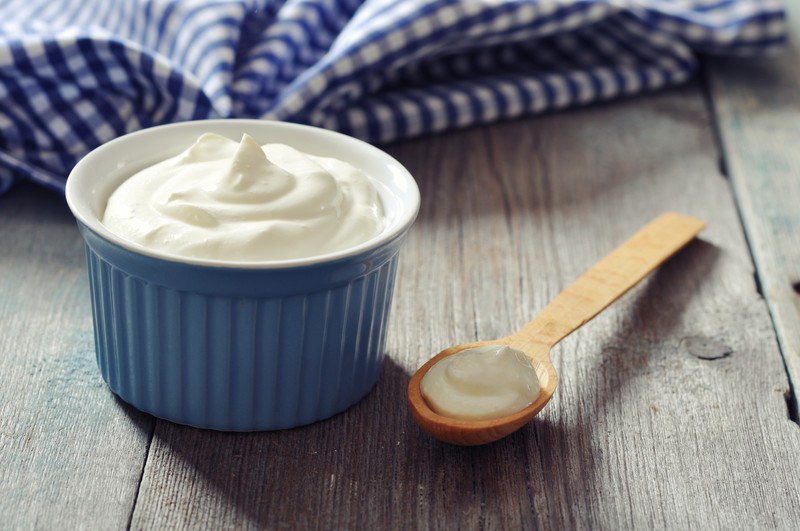
Greek yogurt is a great choice for yogurt-loving diabetics. This food is high in protein and low in carbs. One 7-oz. container of plain, low-fat Greek yogurt contains 40% of the daily recommendation for protein, with 7.9 grams of carbohydrates and a low glycemic index of around 14.
It’s also rich in several vitamins and minerals, including calcium, vitamin B12, vitamin A, riboflavin, and pantothenic acid. The healthy microbes in yogurt also help build gut health. This is important because several autoimmune diseases, including diabetes, are related to the health of the digestive microbiome.
Lean Meats

When it comes to protein choices for diabetics, lean meats are a great option. Because they’re low in fat, they’re unlikely to boost cholesterol too much or contribute to other heart disease factors. Sirloin, flank steak, and tenderloin are good cuts of beef for diabetics. Diabetics could also do well with some pork products, such as Canadian bacon, and with some poultry and fish.
Meats could be important to diabetics because of their protein content. When protein sources like lean meats are combined with a low-carb diet over several weeks, blood sugar levels are reduced. Some meats also contain helpful compounds that could support the management of diabetic symptoms. For example, a 4-oz. serving of 95% lean ground beef provides 105% of the daily recommendation for vitamin B12.
Kimchi
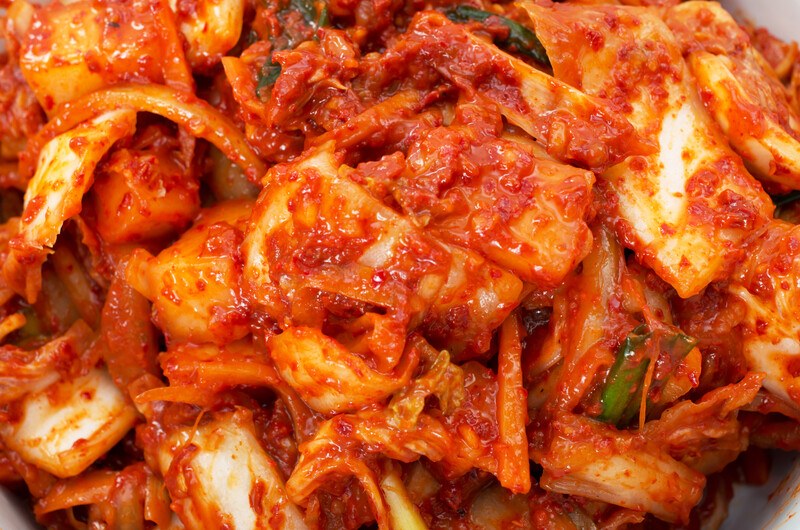
Kimchi is a fermented superfood made from cabbage, daikon radish, ginger, garlic, gochu peppers, and other ingredients. Because it’s made from cabbage, which is a cruciferous vegetable, it has the compound sulforaphane, as well as all the medicinal compounds found in garlic and ginger. Because it’s fermented, it also contains helpful microbes like the ones found in Greek yogurt.
Kimchi makes a great side dish. It’s one of those foods that is low in calories but high in fiber. It’s also been studied for its ability to help prevent the onset of diabetes.
Three Strategies For Controlling Blood Sugar Levels Immediately

Now that you’ve read through the list of the 15 best foods for a diabetic, let’s expand the conversation and talk about three ways you can begin to manage your blood sugar levels immediately.
Tip #1: Walk It Off
A study performed in 2018 indicates that walking after a meal lowers blood sugar levels more than walking before a meal does. Some research shows that walking after an evening meal can lower blood sugar levels for 24 hours.
Tip #2: Destress
Mental stress could cause increased blood sugar levels in some individuals. To control blood sugar levels, destress your life as much as possible. Leave work at work. Take a yoga class or a relaxing bath, or indulge in a guided meditation to quiet your mind.
Tip #3: Laugh More
Laughter has several amazing impacts on diabetic symptoms. Laughing has been shown to lower blood sugar levels. It also reduces the risk of complications like retinopathy, kidney disease, and neuropathy by keeping the blood flowing properly.














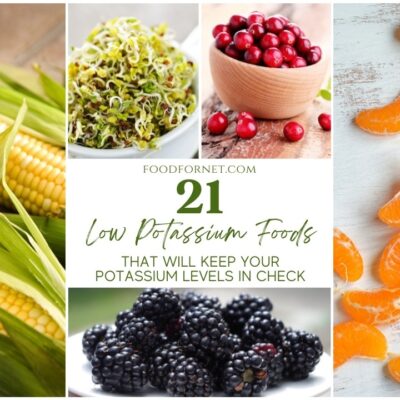


 Top 9 Knitting Subscription Boxes for Knitters of All Levels
Top 9 Knitting Subscription Boxes for Knitters of All Levels
Leave a Reply